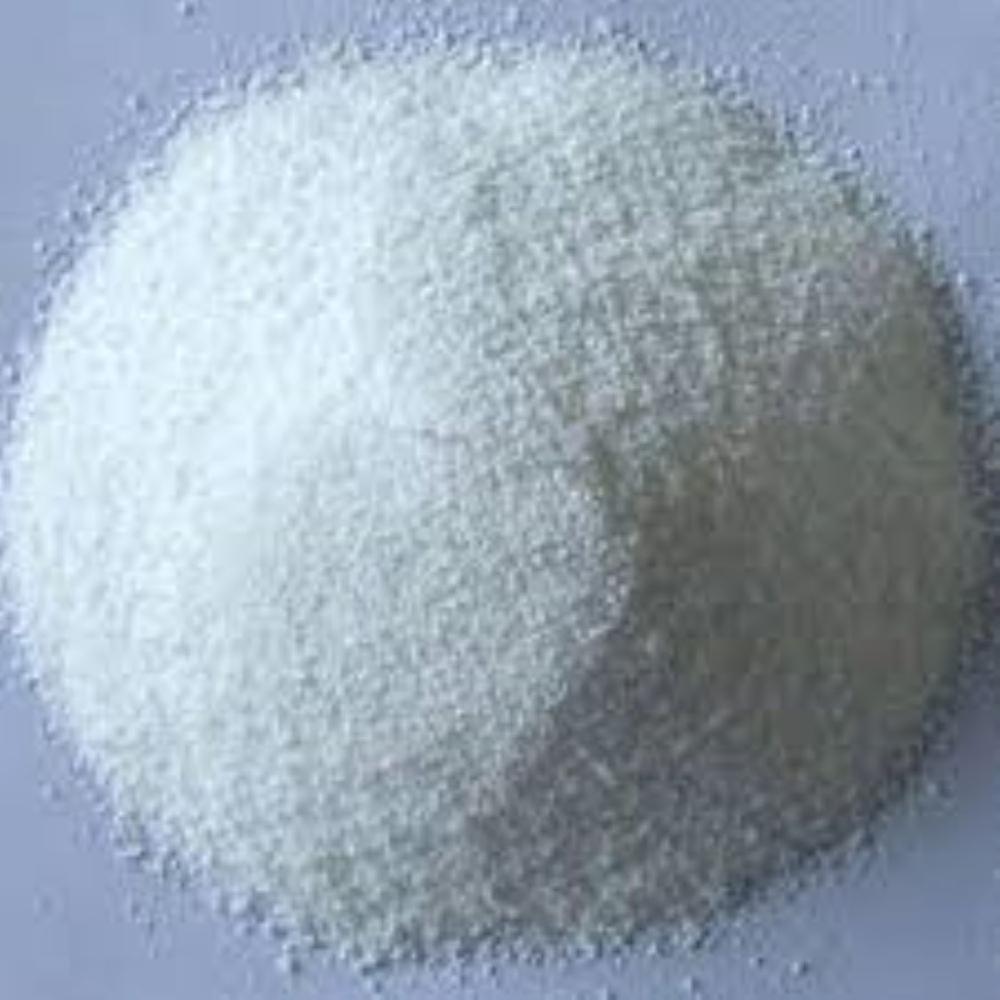Fluorescein Sodium
Product Details:
- Shelf Life 12 Months
- Molecular Formula C20H12Na2O5
- EINECS No 208-158-8
- Melting Point 315 317 C
- Ph Level between 7.0 and 8.0
- Smell No Smell
- Storage Room Temperature
- Click to View more
Fluorescein Sodium Price And Quantity
- 1750.0 INR/Kilograms
- 50 Kilograms
Fluorescein Sodium Product Specifications
- yellow-green or yellow crystalline powder
- 12 Months
- C20H12Na2O5
- Other
- 376.27 Grams (g)
- 100%
- Medicine Grade
- <1%
- 208-158-8
- 315 317 C
- Room Temperature
- Fluorescein Sodium
- between 7.0 and 8.0
- No Smell
- Powder
- freely soluble in water
- less than 10 micrometers
- Odorless
- 2932 99
- 518-47-8
- Fluorescein Sodium is primarily used in the medical field, especially in ophthalmology and diagnostics. Its main uses include: 1. Ophthalmic Diagnostic Tool: Fluorescein Angiography: Fluorescein Sodium is injected into the bloodstream for fluorescein angiography, a technique used to visualize the blood vessels in the retina. This procedure helps diagnose retinal conditions such as diabetic retinopathy, macular degeneration, and retinal vascular occlusions. Corneal Staining: Fluorescein is used to detect corneal abrasions, ulcers, or other abnormalities on the surface of the eye. It highlights damaged areas, which appear bright green when illuminated with blue light. 2. Urinary Tract Imaging: Fluorescein Sodium can be used in imaging to evaluate renal function or urinary tract conditions, particularly in certain diagnostic tests, though this use is less common. 3. Other Diagnostic Uses: It is also used in certain tests and procedures to assess blood flow and fluid dynamics in the body, especially in cases where the visualization of body systems is necessary. 4. Laboratory and Research: In addition to medical uses, Fluorescein Sodium is widely used in scientific research as a fluorescent tracer in cell biology, microbiology, and molecular biology studies. Fluorescein Sodium is valued for its ability to fluoresce brightly under ultraviolet light, making it a powerful diagnostic tool in various medical imaging procedures.
- 2',7'-Dihydroxyfluorescein sodium salt
Fluorescein Sodium Trade Information
- mumbai
- Cash Against Delivery (CAD), Days after Acceptance (DA), Letter of Credit at Sight (Sight L/C), Letter of Credit (L/C)
- 1000 Kilograms Per Day
- 7 Days
- No
- Free samples are available
- drum & bag packing
- Eastern Europe, Western Europe, Middle East, Asia, Australia, Central America, North America, South America, Africa
- WE PROVIDES ALL KIND OF CERTIFICATIONS AS YOU REQUIRED
Product Description
A sodium salt of fluorescein sodium is a fluorescent dye whose maximum emission wavelength is 512 nm, with peak excitation at 494 nm. For biomedical fluorescence imaging, visible wavelengths range from 400 nm to 700 nm, and the NIR spectrum extends from 700 nm to 900 nm.
A common method for evaluating the fit of RGP lenses uses sodium fluorescein (NaFl). Besides staining damaged epithelium, fluorescein should also be used to inspect the cornea and conjunctiva after rigid or soft lenses are removed.
How does it work :
To apply the paper strip to the eye, one should instill a small drop of sterile un-preserved saline on the fluorescein-coated tip and then gently touch the paper strip to the eye surface.
Applications Or where it is used:
An application of fluorescein sodium topically is routinely done in ophthalmology to measure tonometry and as a vital stain when a diagnosis of corneal ulcers, abrasions, or other epithelial defects is needed.
Manufacturing process:
Fluorescein is a synthetic coloring agent derived from an organic compound. Sodium phthalic anhydride and resorcinol are heated over a zinc catalyst, and they crystallize as deep red powder.
How to use:
Fluorescein is used to diagnose a variety of eye disorders. When applied directly to the eye or within a strip of paper, it helps detect eye injuries such as foreign bodies and corneal abrasions.
Dosage of usage:
Adult Dose- It is normal for adults to take 500 mg of FLUORESCITE Injection 10% (100 mg/mL) by intravenous administration.
Children should be given 7.7 mg for every kg of body weight (or 35 mg per 10 pounds of body weight) up to a maximum of 500 mg by intravenous administration.
Side effects :
- Difficulty breathing
- Difficulty swallowing
- Fast heartbeat
- Hives, itching, or skin rash
- Bluish color
- Cold, clammy skin
- Confusion
- Lightheadednes
Warnings and precautions while using this product
Fluorescein sodium can cause severe allergic reactions: Before any examination, a complete medical history must be taken, including any allergies, cardiopulmonary disease or concurrent treatments.

Price:
- 50
- 100
- 200
- 250
- 500
- 1000+











 : nilesh.sheth70
: nilesh.sheth70
